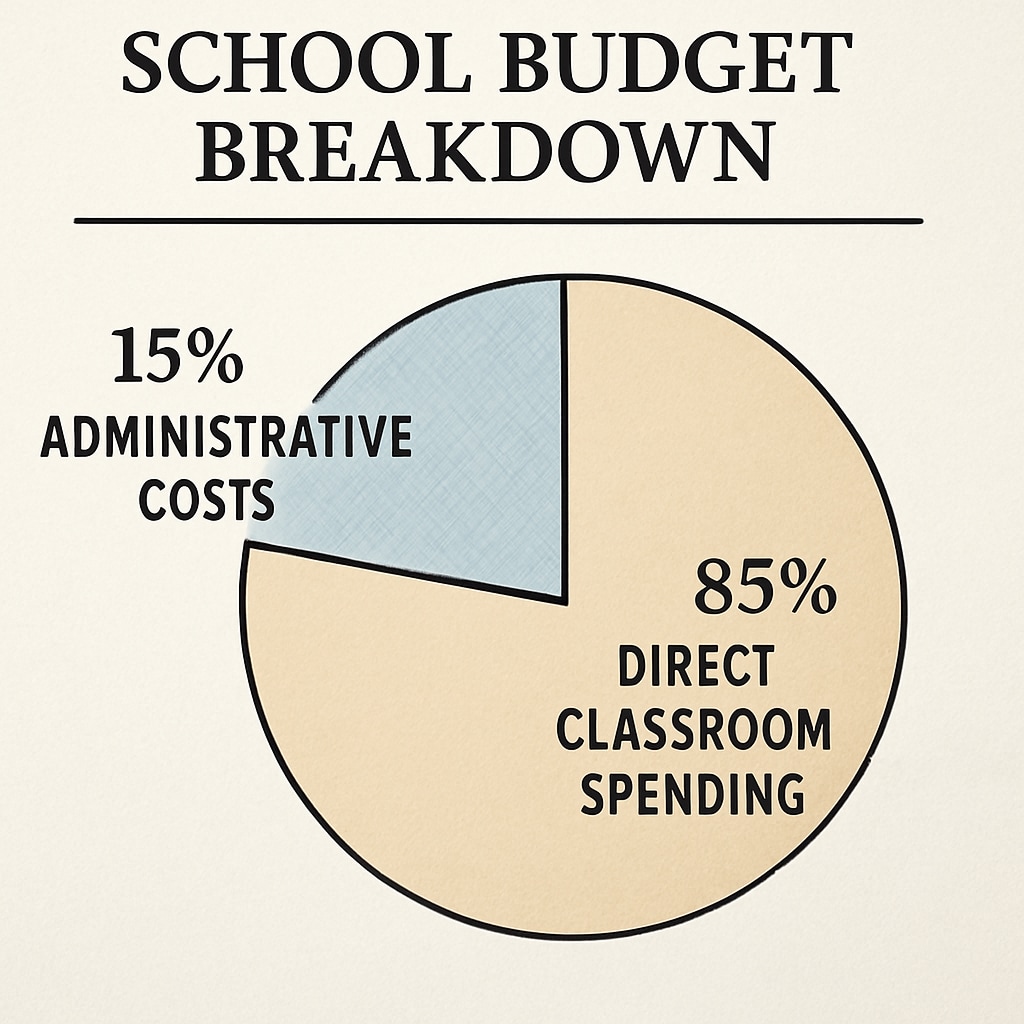The metrics for evaluating K12 education funding often revolve around “per-student spending”. While this figure is widely used to assess the adequacy of school budgets, concerns are mounting regarding its potential manipulation. Artificial inflation of per-student spending statistics can distort the reality of resource allocation, leaving some schools and students at a disadvantage. This article delves into how such inflation occurs, why it matters, and what can be done to ensure transparency and fairness in school budgets.
What Is Per-Student Spending and Why Is It Important?
Per-student spending refers to the amount of money a school or district spends annually on each enrolled student. This metric is a key indicator of resource allocation and educational quality. Policymakers, parents, and educators rely on this figure to understand the financial health of schools and to advocate for funding adjustments where needed.
However, the utility of this metric diminishes when its calculation is influenced by factors that do not directly benefit students. For example, administrative overheads, one-time grants, or misallocated funds can artificially inflate the reported spending per student without reflecting actual improvements in classroom resources or outcomes.

How Artificial Inflation Occurs in School Budgets
Artificial inflation in per-student spending can take several forms. Below are some common mechanisms:
- Misallocation of Funds: Some districts allocate a disproportionate amount of their budget to administrative costs rather than classroom resources. This misallocation inflates the per-student spending figure without improving educational outcomes.
- One-Time Funding Injections: Temporary grants or emergency funds can skew annual spending metrics, making it appear as though a district consistently spends more than it actually does.
- Inclusion of Non-Educational Costs: Costs unrelated to direct education, such as facility upgrades or debt servicing, can be included in the calculations, further distorting the figures.
These practices not only misrepresent the financial realities of schools but also impact decisions regarding funding redistribution. For example, districts that appear well-funded on paper may struggle to secure additional resources, even if their classrooms remain underfunded in practice.

The Consequences of Inflated Per-Student Spending
The implications of artificial inflation in per-student spending extend far beyond misleading statistics. Here are some of the key consequences:
- Inequitable Resource Distribution: Inflated figures can mask disparities between schools, leading to inequitable distribution of funds across districts.
- Reduced Public Trust: When stakeholders uncover these discrepancies, it undermines trust in the education system and its administrators.
- Policy Missteps: Policymakers may base decisions on flawed data, leading to ineffective or unfair educational reforms.
As a result, both students and educators bear the brunt of these inaccuracies, with classrooms lacking the resources they need to succeed.
Ensuring Transparency and Fairness in School Budgets
To address the issue of artificial inflation, stakeholders must prioritize transparency and accountability in school budgets. Here are some recommended strategies:
- Standardized Reporting: Implement consistent guidelines for calculating and reporting per-student spending to ensure comparability across districts.
- Independent Audits: Conduct regular, independent audits of school budgets to identify and rectify misallocations.
- Stakeholder Engagement: Involve parents, teachers, and community members in budget planning and oversight to enhance accountability.
- Focus on Classroom Spending: Prioritize funding allocations that directly benefit students, such as teacher salaries, instructional materials, and classroom technology.
By adopting these measures, school districts can ensure that per-student spending figures accurately reflect the resources available to students, thereby fostering trust and equity in the education system.
Conclusion: Artificial inflation of per-student spending in K12 education is a critical issue that undermines the credibility of school budgets and the equitable distribution of resources. By addressing the roots of this problem and enhancing transparency, stakeholders can work towards a fairer and more effective education system for all students.


